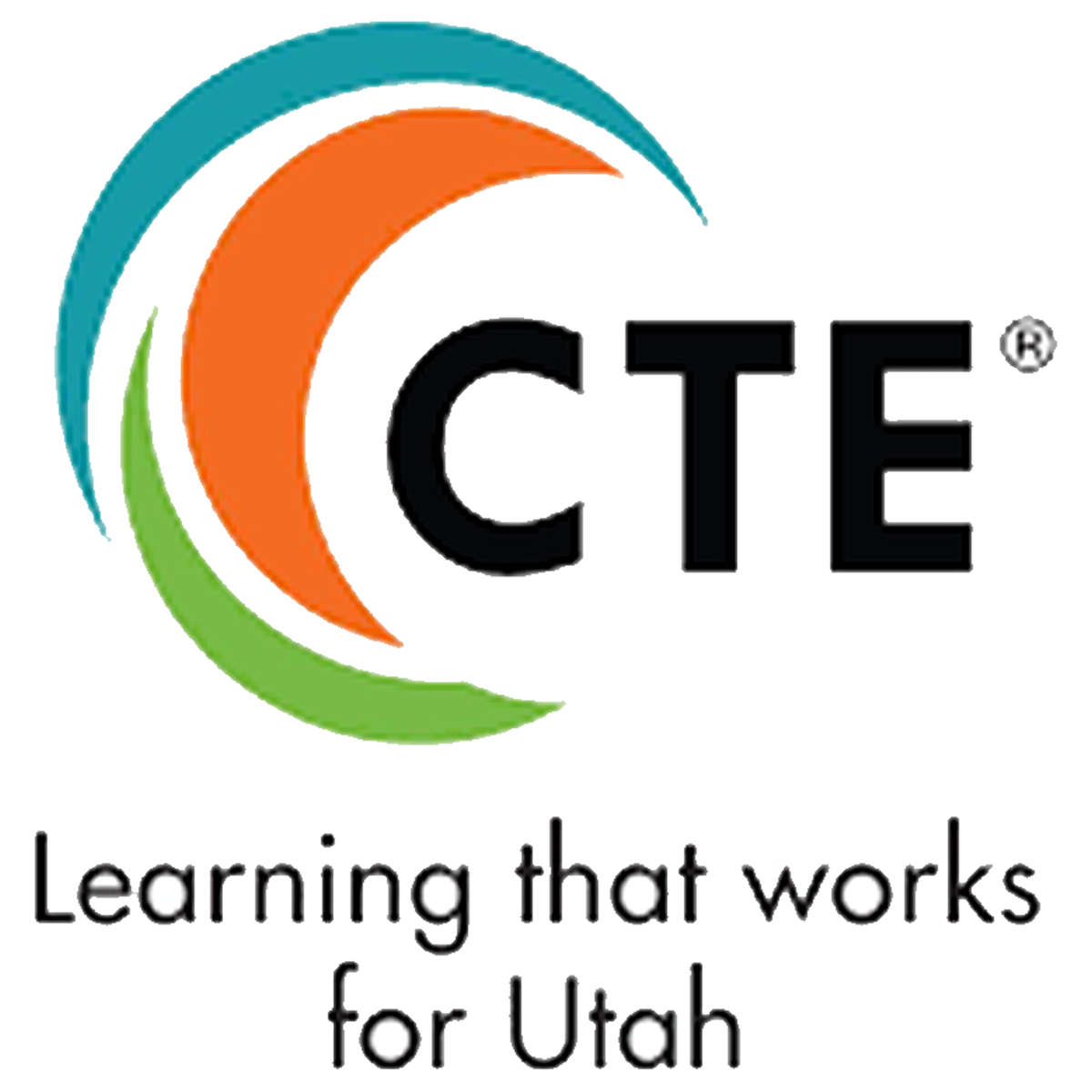GUIDING DOCUMENT FOR CTE PROGRAMS
INTRODUCTION
Welcome to Career and Technical Education! As a teacher, you will guide the lives of students to be career and college ready. You will prepare them to be productive community members and contributors to the 21st century economy.
This guidebook has been written to guide you through the many responsibilities you have as a CTE teacher. It should help make some of the day-to-day tasks easier as you instruct the students at your respective schools. Regardless of processes specific to each school, the basic information in this handbook applies to all new and veteran CTE teachers and CTE programs.
WHY IS CTE IMPORTANT?
Career and Technical Education strengthens our students, schools, economy, state, and nation. CTE programs focus on aligning curriculum with industry needs, ensuring students are trained in high-demand, high-wage fields. By addressing skills gaps, CTE programs produce a qualified and competent workforce ready to meet the demands of the job market. This contributes to economic growth by reducing unemployment rates and enhancing the productivity and competitiveness of businesses.
CTE students of today are the workforce of tomorrow. CTE programs focus on high-demand, high-wage occupations. By combining academic and technical education, CTE programs provide students with a comprehensive set of skills, knowledge, and experiences that enhance their readiness for postsecondary education and successful entry into the workforce. CTE programs provide a viable pathway to postsecondary or industry recognized certification and workforce success.
CTE's rigorous education and skills training are a critical link to student development. Nationally, CTE programs boost high school and college graduation rates. Nearly 90% of CTE students go on to college or obtain employment upon completion of the program. In addition, Career & Technical Student Organizations (CTSOs) are an important part of the CTE curriculum; they help build leadership skills.
